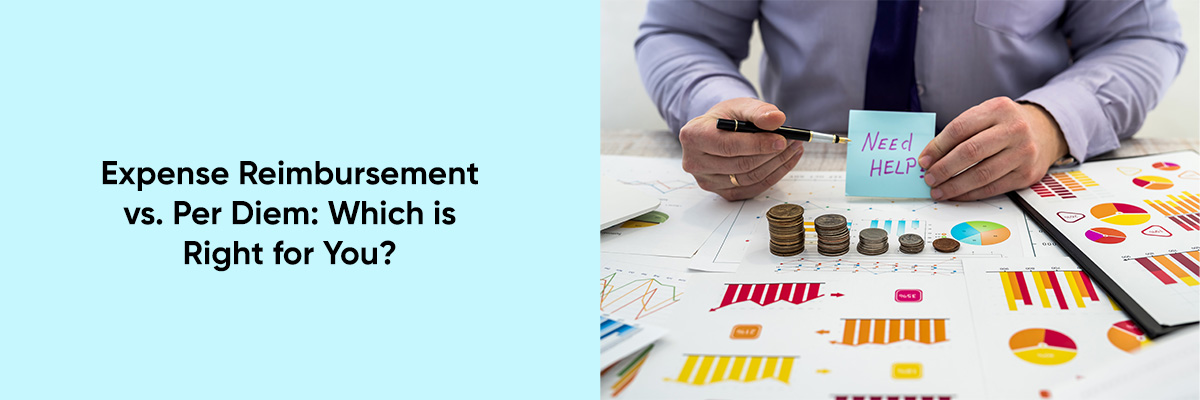Running a successful business is rarely a one-person show. It involves a coordinated effort from many individuals, often requiring independent decision-making. Similarly, business expenses are diverse and sometimes incurred by employees. These expenses often stem from essential activities like business trips, meetings, seminars, events, and industry gatherings.
Employees who incur these business-related expenses are typically entitled to reimbursement. There are two main methods for reimbursing employee expenses:



Expense Reimbursement: Get Repaid for Approved Business Costs
Expense reimbursement allows you to reclaim the money you spend on approved business expenses. Think of it like a “payback” system. You fronts the cost for meals, travel, lodging, or other approved expenses, then submit documented proof (receipts and expense slips) to your employer for reimbursement. Once approved, the company pays you back according to their expense policy.
Perks of Expense Reimbursement:
- Full Reimbursement Potential: Get reimbursed for every valid expense, potentially exceeding a fixed per diem rate.
- Flexibility: Suitable for expenses that may fall outside typical per diem categories.
Who Should Consider Expense Reimbursement?
- Employees with Variable Expenses: If your business travel involves unpredictable or fluctuating costs, expense reimbursement ensures you get reimbursed for everything you spend.
- Those Who Prefer Full Reimbursement: Want to be reimbursed for the exact amount spent? Expense reimbursement allows you to reclaim every penny within the company’s policy limits.
When Expense Reimbursement Might Not Be Ideal:
- Dislike Upfront Costs: This method requires you to pay for business expenses first, which can be inconvenient if you’re on a tight budget.
- Time-Consuming Process: Gathering and submitting receipts and completing expense reports can be time-consuming.
- Uncertain Reimbursement Timing: Depending on your company’s process, it could take some time to receive your reimbursement.
Per Diem: Travel Expenses Simplified (But Not Always Perfect)
Per diem is a fixed daily allowance your employer provides to cover your typical expenses when traveling for business. Think of it as a “daily budget” for meals, lodging, and incidental costs like laundry or internet.
The Perks of Per Diem:
- Simple and Hassle-Free: No need to collect and submit receipts for every expense. Just document your travel dates.
- Predictable: You know exactly how much you’ll receive upfront, streamlining your budgeting.
Who Should Consider Per Diem?
- Frequent Travelers with Consistent Expenses: If your business trips involve similar daily spending patterns, per diem can be a convenient option.
- Employees Who Value Simplicity: Don’t want to deal with saving and submitting receipts? Per diem simplifies the expense process.
When Per Diem Might Not Be Ideal:
- High Spenders: If your business travel often involves exceeding the per diem rate, you’ll be out of pocket for the difference.
- Unpredictable Expenses: Traveling to a location with higher than average costs (e.g., expensive city)? Per diem might not fully cover your expenses.
Conclusion
Choosing between expense reimbursement and per diem ultimately depends on your specific needs and travel patterns. If you frequently encounter unpredictable expenses or prefer to be reimbursed for the exact amount spent, expense reimbursement is likely the best option. It offers the flexibility to cover all valid expenses, ensuring you’re not out of pocket for necessary business costs.
On the other hand, if you value simplicity and predictability, especially for routine travel with consistent expenses, per diem can be a convenient and hassle-free solution. It provides a set daily budget, making it easier to plan and manage your finances without the need to keep and submit receipts.


